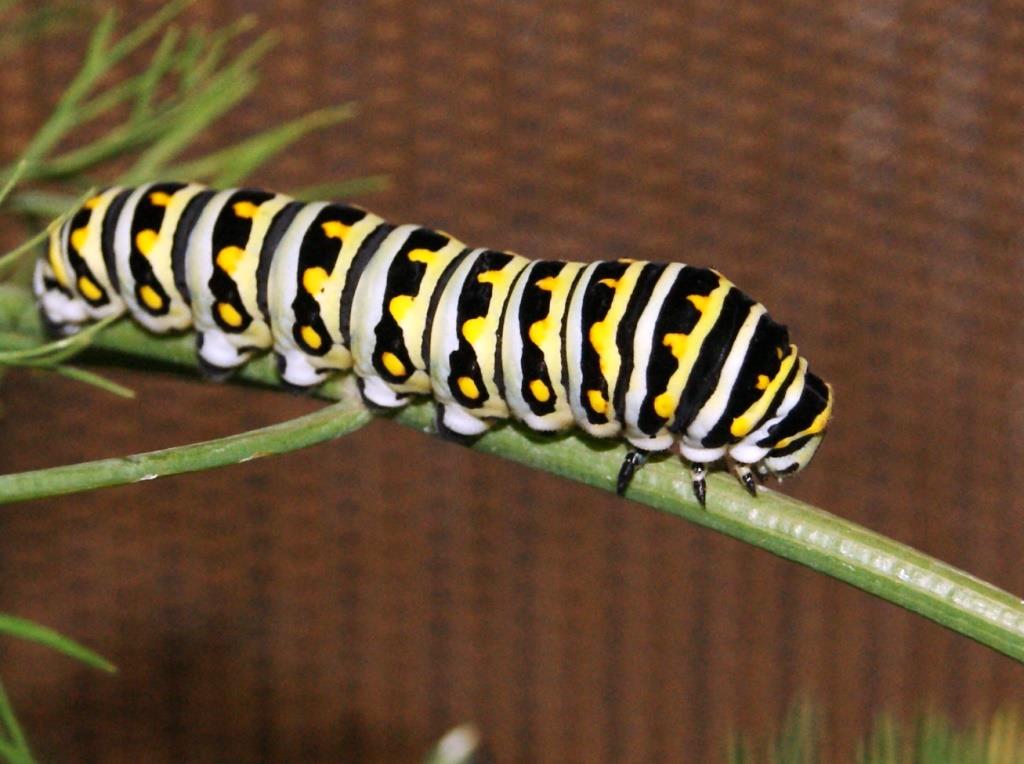
by Matthew Orwat | Oct 21, 2013

Second instar, Black Swallowtail larva. Image Credit Matthew orwat
Busily devouring dill and fennel, the lime green, black striped caterpillars in the UF IFAS Extension Washington County Office have quickly become a popular attraction. It is fortunate that the South’s climate is warm enough to allow for three generations of this species every year.
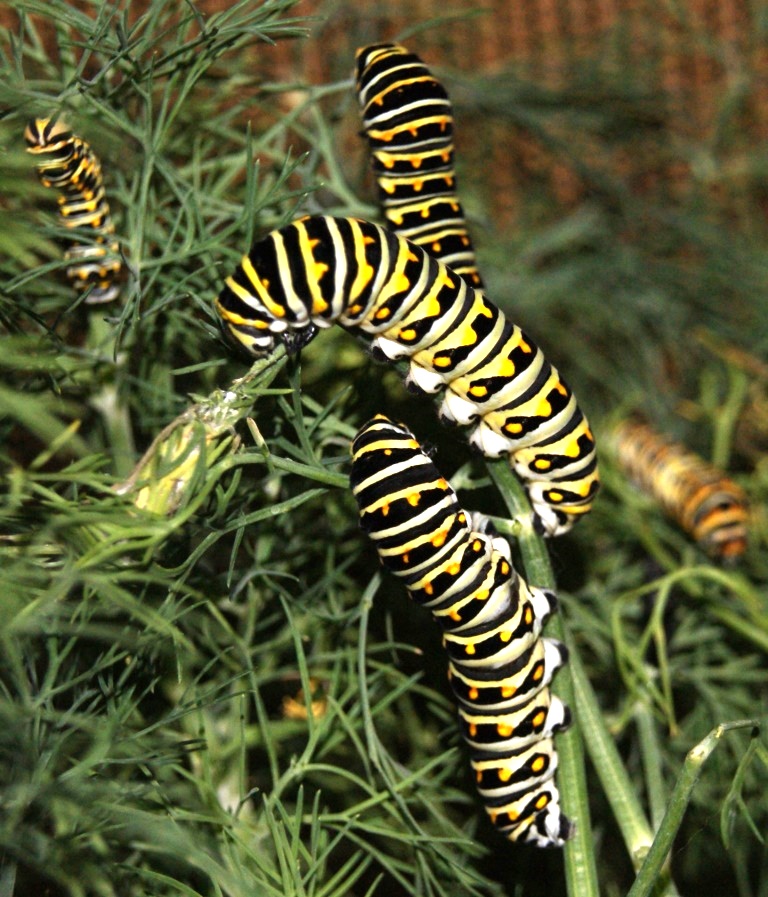
Larvae Busily Devouring Dill. Image Credit Matthew Orwat
Soon, the caterpillars of the Black Swallowtail (Papilio polyxenes asterius ) butterfly species will continue their pupae stage by forming a chrysalis and emerging as one of Florida’s most recognized swallowtail butterflies.
The chrysalis is formed by two glands located inside the caterpillar that secrete silk. The silk threads stick together and harden when exposed to fresh air. The hard, protective coating is usually camouflaged from predators and blends in with the environment. Inside the chrysalis, the process of metamorphosis continues as the adult structure forms while the juvenile structure breaks down. The insects are very inactive during this time as they grow and change. This stage can last from two weeks to an entire season in temperate climates and tropical dry seasons. When hormones indicate it’s ready, the butterfly emerges by splitting the chrysalis open either biting its way out or using spit to soften the ends.
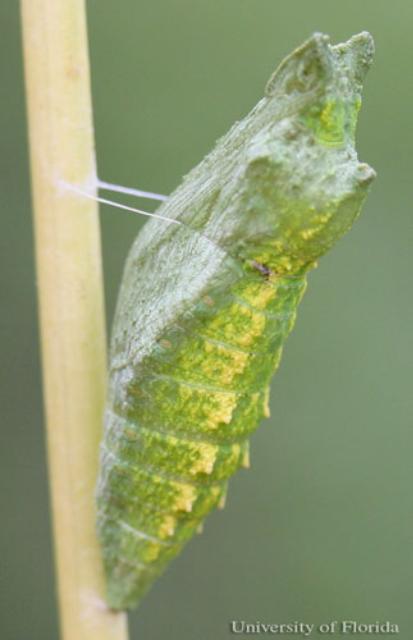
Green Chrysalis. Image Credit Don Hall UF IFAS
The Black swallowtail has quite a heavy appetite for such a small creature. They eat a variety of plants in the carrot family (Apiaceae) such as dill, fennel, parsley, celery, and carrot leaf. In addition to these cultivated species, they will feast on mock bishopweed, roughfruit scaleseed, spotted water hemlock, water cowbane, and wedgeleaf eryngo. They have also been known to enjoy Common Rue (Ruta graveolens L.).
They exhibit several interesting behaviors throughout their life cycle. For example, when they feel threatened the Black Swallowtail larvae will exhibit yellow antennae-like structures called osmeterium. These flare out and emit a foul odor, like rotten cheese, if one’s finger gets too close.
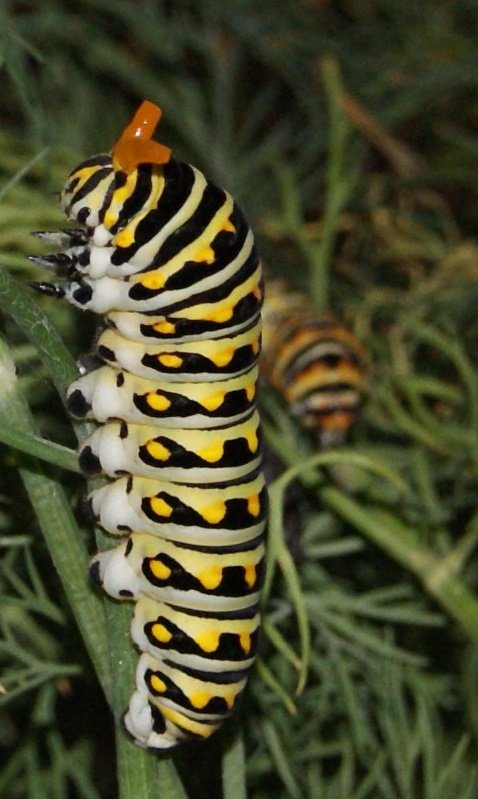
Osmeterium on display. Image Credit Matthew Orwat
Even though they are voracious plant eaters and honorable defenders of their territory, butterflies play a vital role in agriculture by pollinating crops and flowers. They’re an indicator of a healthy ecosystem; an abundance and diversity of butterfly species illustrate the overall health of an area. With their acute sensitivity to contaminants and toxins, butterfly populations will not be found in polluted areas. Recognized for their beauty, butterfly watching has also become a popular hobby and pastime.
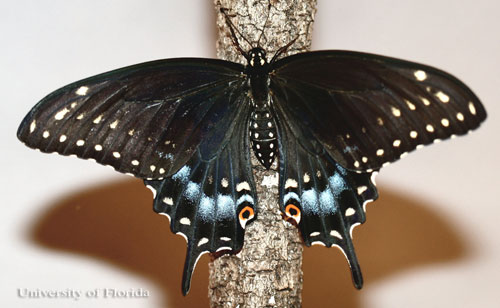
Photo courtesy of Donald Hall, University of Florida.
It’s never too early to think about planning a butterfly garden. For more information on creating a backyard butterfly habitat, download this 4-H fact sheet for kids and parents. For more information on this specific butterfly, visit the UF IFAS EDIS website for a publication on the Eastern Black Swallwtail.
Additional Content by:
Julie Pigott Dillard, Director, UF IFAS Extension Washington County
by Matthew Orwat | Oct 14, 2013
It is time for another question of the week. What is the name of this tree? is it a native? Answer will be posted below the pictures next week !
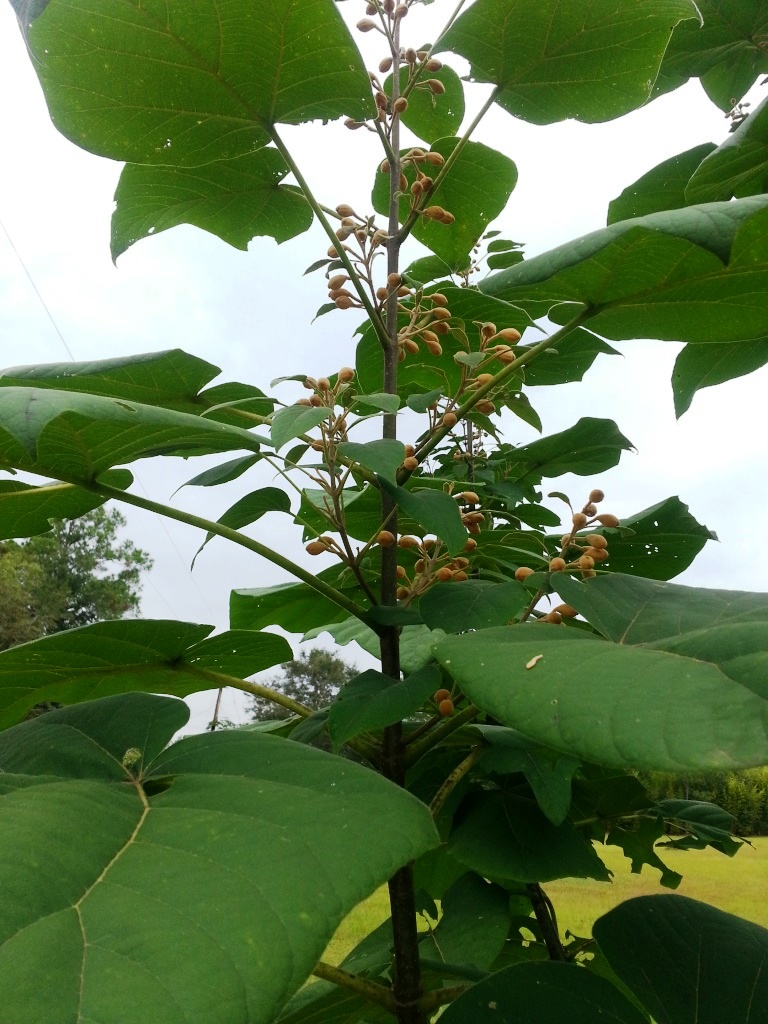
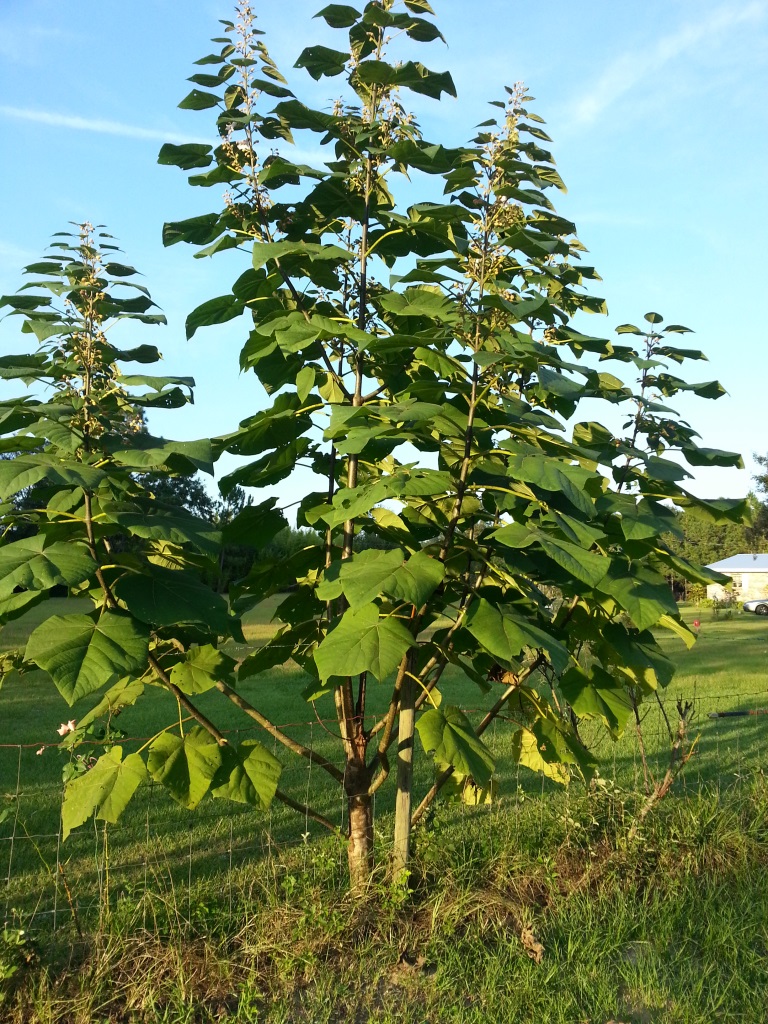
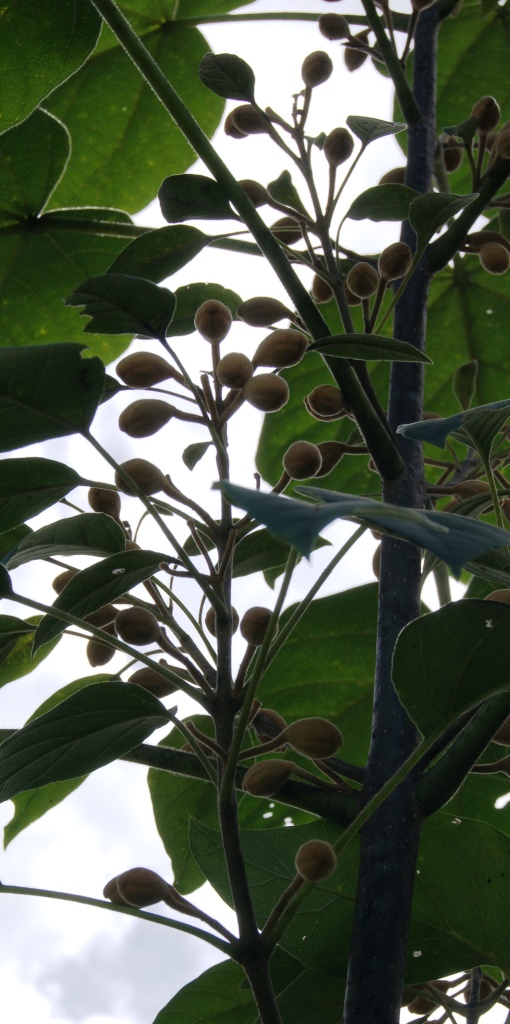
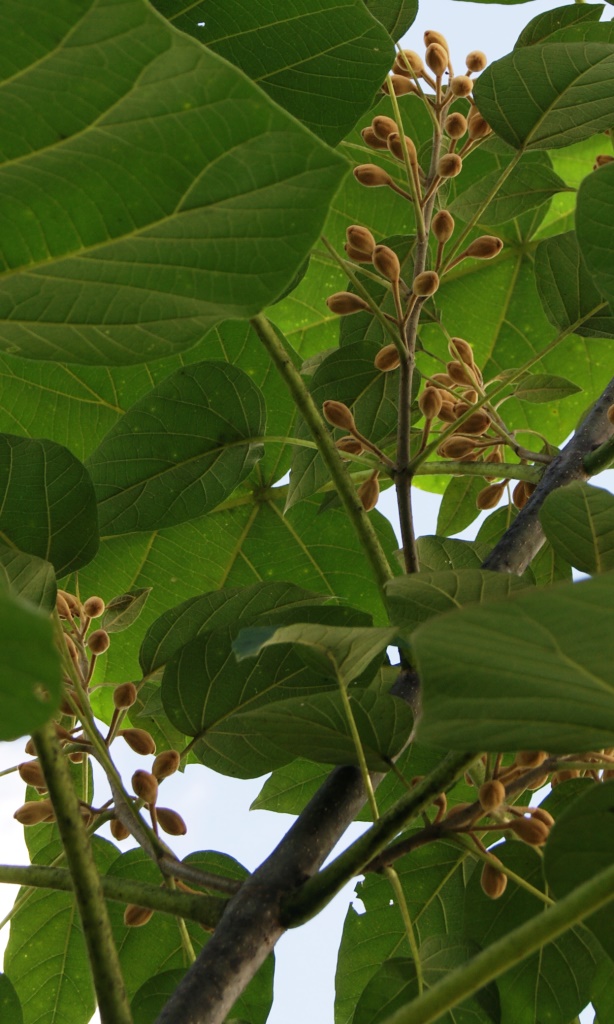
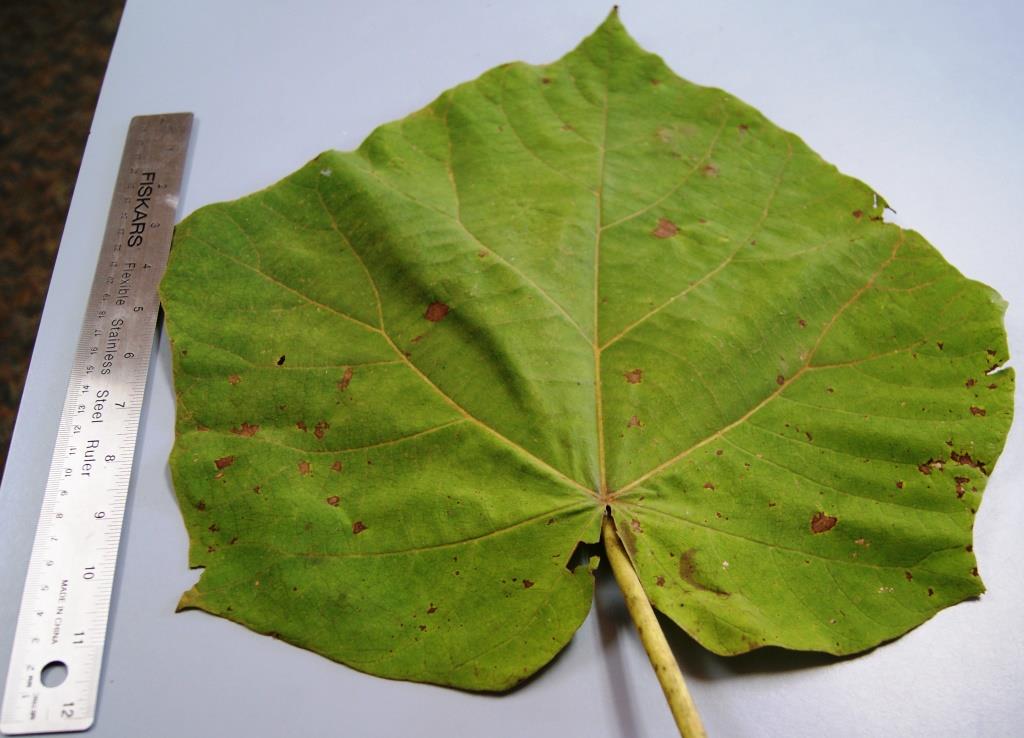

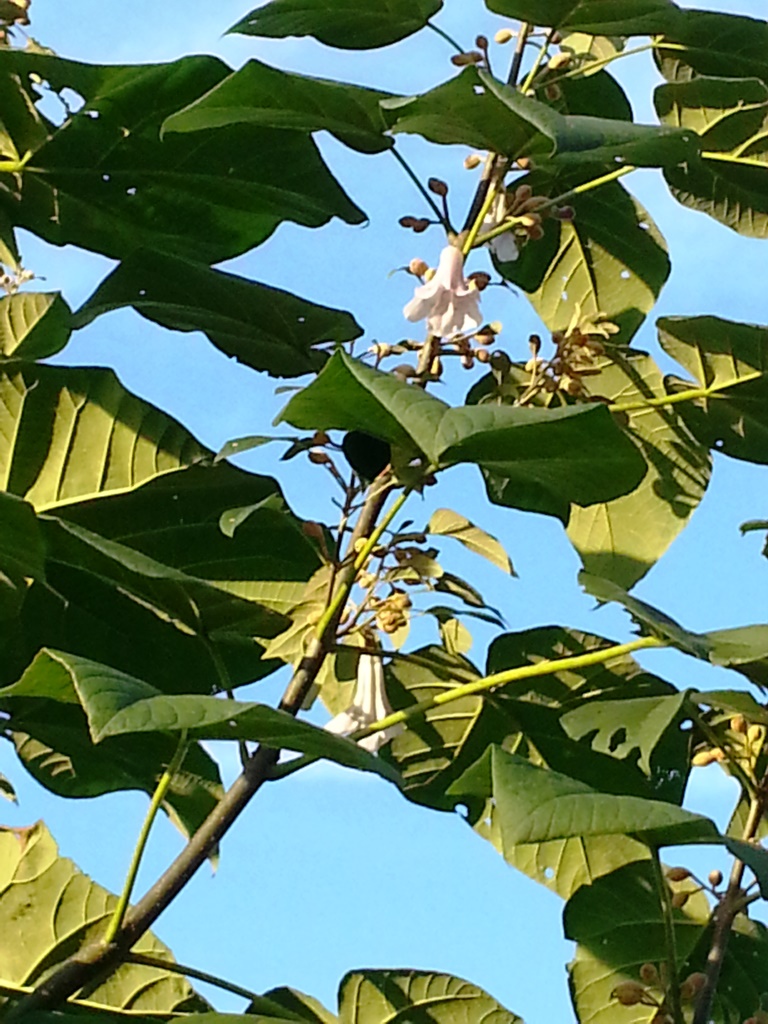
Answer: A species of Paulownia, “Princesstree”, Paulowniaceae (Princesstree Family)
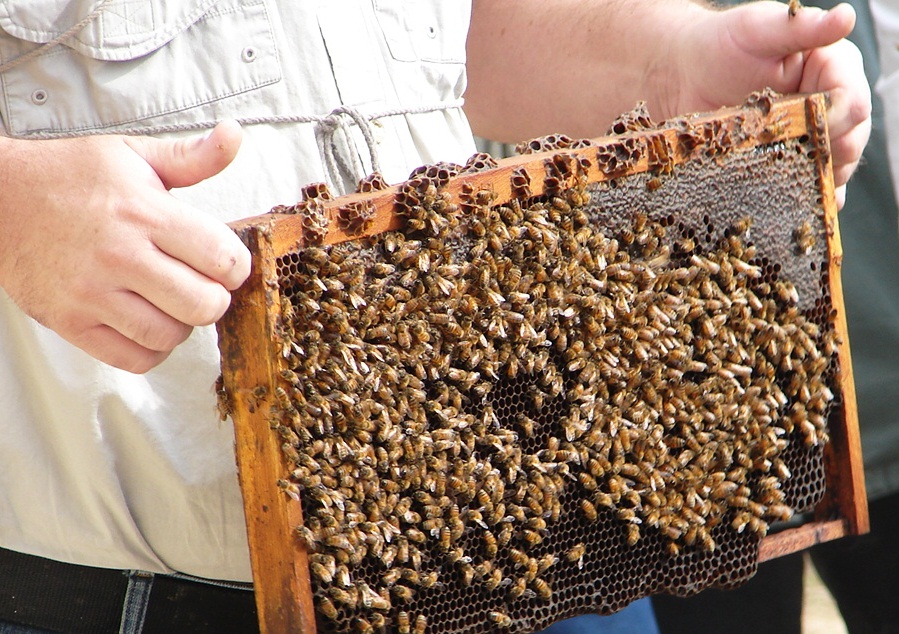
by Matthew Orwat | Oct 7, 2013
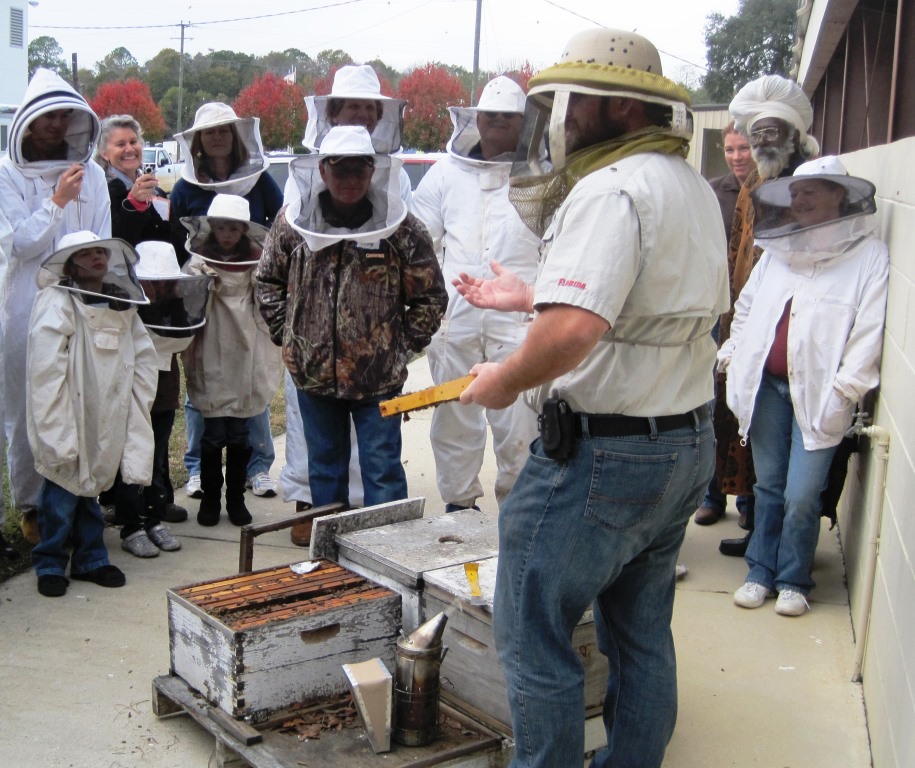
The Beekeeping trade-show will provide beekeepers of all skill levels and ages a chance to interact with entomologists, beekeepers, real bee hives, and beekeeping equipment vendors.
The third annual UF/IFAS Beekeeping Field day and Trade-show is proud to be part of the 2013 Florida State Beekeepers Association Meeting in Chipley Florida. This trade-show event will provide educational opportunities through hands-on activities and interaction with expert beekeepers and vendors for hundreds of local beekeepers. Beekeepers with all levels of experience are encouraged to attend!
The Day’s Agenda: (8:30 – 2:30 Central Time Zone)
Topics at the Trade-show and Field day include:
- “Update on the Beekeeping Industry”
- “Splitting Beehives”
- “What’s the Buzz about Honey?”
- “Products of the Hive”
- “Florida Honeybee Inspectors Question and Answer Session”
- Smoker Lighting Contest, Door Prizes, Lunch, and more!
Registration:
- $15.00 per Person, $10.00 for Each Additional Family Member (Includes refreshments and lunch)
- Call your local County Extension Office, listed below, to register no later than October 25th. (We need to know how much food to prepare!)
Bay County 850-784-6105 Jefferson County 850-342-0187
Jefferson County 850-342-0187
Calhoun County 850-674-8323 Leon County 850-606-5202
Leon County 850-606-5202
Escambia County 850-475-5230 Liberty County 850-643-2229
Liberty County 850-643-2229
Franklin County 850-653-9337 Okaloosa County 850-689-5850
Okaloosa County 850-689-5850
Gadsden County 850-875-7255 Santa Rosa County 850-623-3868
Santa Rosa County 850-623-3868
Gulf County 850-639-3200 Wakulla County 850-653-9337
Wakulla County 850-653-9337
Holmes County 850-547-1108 Walton County 850-892-8172
Walton County 850-892-8172
Jackson County 850-482-9620 Washington County 850-638-6180
Washington County 850-638-6180
A detailed workshop agenda is just a “click” away at this link: Beekeepers Field Day And Trade Show 2013
by Matthew Orwat | Sep 16, 2013

Azaleas pruned late in the fall will have little or no bloom in the spring. Image Credit: Matthew Orwat
Although Northwest Florida is well known for its beautiful Azalea displays every spring, many do not understand that these shows of bloom could be sacrificed completely by pruning at the wrong time.
Pruning Azaleas in the fall will result in a loss of spring bloom the following year because most bloom on previous years’ wood. This means that they flower on growth put on throughout the previous growing season. If a gardener removes the previous season’s new growth, they are removing the blooms as well.
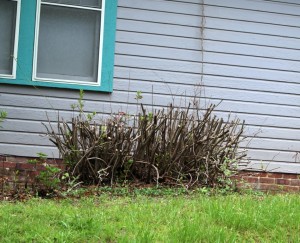
Fall Pruned Azalea. Image Credit Matthew Orwat
So, when is the proper time to prune Azaleas? The ideal time to prune is directly after the spring bloom. This will give the plant enough time to generate abundant new growth, thus maximizing bloom next spring.
For more information on pruning Azaleas or on general Azalea culture, please read the UF / IFAS publication Azaleas at a Glance or check out the Pruning Azalea page on Gardening in a Minute.
by Matthew Orwat | Sep 15, 2013
Does Your Garden Irrigation Inflate Your Water Bill?

Image Credit: UF / IFAS
Flush High Irrigation Bills Down The Drain !
- Build A Rain Barrel
- Find Out How at our Workshop
- Saturday October 12th 2013 9am-12pm
- Location: Washington County Ag Center 1424 Jackson Ave
- UF / IFAS Washington County Extension 1424 Jackson Ave. Chipley, FL. East Wing Conference Room
You will engage in hands on construction of a rain barrel to take home and use to water your garden. All supplies will be furnished by the UF / IFAS Washington County Extension Master Gardeners at a cost of only $40.00 per person / barrel ! $10.00 to audit without barrel.
Call Matt or Cynthia at the Washington County Extension Office to
register at 850-638-6180 or email Matt at mjorwat@ufl.edu
or email Matt at mjorwat@ufl.edu
Master Gardner Advanced Training CEU’s offered with approval of your County Extension Agent
2013 Fall Rainbarrel Workshop Flyer


















